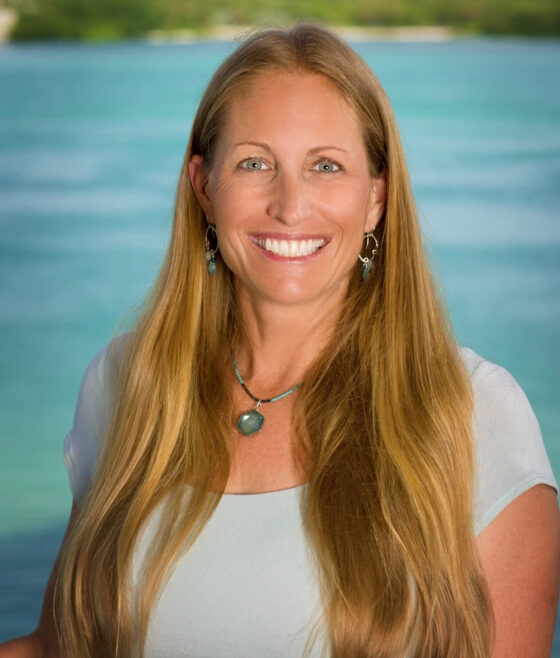Kim Bassos-Hull
We welcome you, Kim
Kim Bassos-Hull is a Research Associate with the Sarasota Dolphin Research Program and a Senior Biologist with Mote Marine Laboratory’s Sharks and Rays Conservation Research Program. Kim began her studies in 1988, focusing on dolphins for her undergraduate and postgraduate projects. In addition to research on dolphins along the west coast of Florida, Kim does research and outreach on human impacts on dolphins and other marine megafauna. In 2009, Kim initiated the Spotted Eagle Ray Conservation Program at Mote which has provided important information on biology, behavior, population structure and fisheries impacts in Florida, Mexico, Cuba and further afield. Subsequently, Kim’s research has expanded to include other species of rays, focusing on movement patterns and diet using acoustic telemetry, specialized suction-cup mounted tags, and molecular techniques. Kim manages the Sarasota Coast Acoustic Network (SCAN), a network with over 80 acoustic receivers, and participates in the Gulf of Mexico iTAG and Florida and Atlantic FACT networks. Kim works for Mote’s Education Program as a research mentor for high school students, involving them in various aspects of her research. Kim aims to connect research and education in order to inspire conservation action. Kim is based in Sarasota, Florida.
Connecting for Conservation: New discoveries in pelagic ray biology and ecology while building global capacity
Pelagic rays are one of the most endangered groups of elasmobranchs globally. While capable of moving large distances they are often tied to island or coastal lagoons and estuaries for bearing live young or food resources and susceptible to human impacts such as bycatch in fisheries, habitat loss, pollution and vessel disturbances or strikes. Over the last twenty years through collaborative research, large gains in knowledge have been made about their biology and ecology which has aided in their conservation and management. One example is the whitespotted eagle ray (Aetobatus narinari). Since 2009, Mote’s Sharks and Rays Conservation Research Program in collaboration with Brookfield Zoo Chicago’s Sarasota Dolphin Research Program has conducted research with this species near Sarasota, Florida, sampling and tagging 729 rays. This research has involved over 100 high school, undergraduate and graduate students, professional colleagues and aquarium personnel to train and build capacity. Students and colleagues from over 15 countries including Mexico, Cuba, Brazil, Ecuador, Colombia, Sri Lanka, Kenya, South Africa, U.K., France, and Belgium participated in this research. Additionally, we have collaborated on in-country research in locations such as Cuba, Mexico, Bermuda, Brazil, and Galapagos Ecuador which has yielded several co-authored publications on ray biology and ecology. Some of the sampling and handling techniques pioneered with whitespotted eagle rays have allowed us to build research projects with other ray species while also involving students and collaborators. We highlight additional case studies with a few other ray species and that is takes cooperation and a village of researchers to shed light on their biology and ecology which ultimately leads to enhanced conservation measures.

